
Learning how to fall asleep in five minutes is an incredibly useful skill and one that you’ll use throughout your life. But is it possible? Absolutely! If someone had told me that a few months ago, I wouldn’t have believed them. But now I’ve found the technique that works for me, I fall asleep in 5 minutes every night.
While ensuring your bedroom is a peaceful environment, reducing your stress levels before bed and choosing the best mattress for your body and sleep position can all help you sleep better, there are specific methods that can help you relax for sleep fast.
However, everyone is different. A method that works for one person may have no effect on another, so there’ll be a little bit of trial and error in figuring out the right technique for you. Here, I’m sharing the method I use, as well as other tried and tested ways to fall asleep in five minutes.
Is it possible to fall asleep in 5 minutes?
If you’re someone who lies awake staring at the ceiling for hours before you drift off, falling asleep in 5 minutes sounds like a pipe dream. But it doesn’t have to be. In fact, almost everyone (excluding those with health issues that affect sleep or chronic sleep disorders like insomnia) can train themselves to fall asleep in 5 minutes.
Dr Chelsea Perry, owner of Sleep Solutions and a Diplomate of the American Board of Dental Sleep Medicine, says “Falling asleep in five minutes is a skill that might seem elusive, but it’s not impossible. When people can drift off this quickly, it’s usually a sign that their mind and body are truly ready for sleep.”
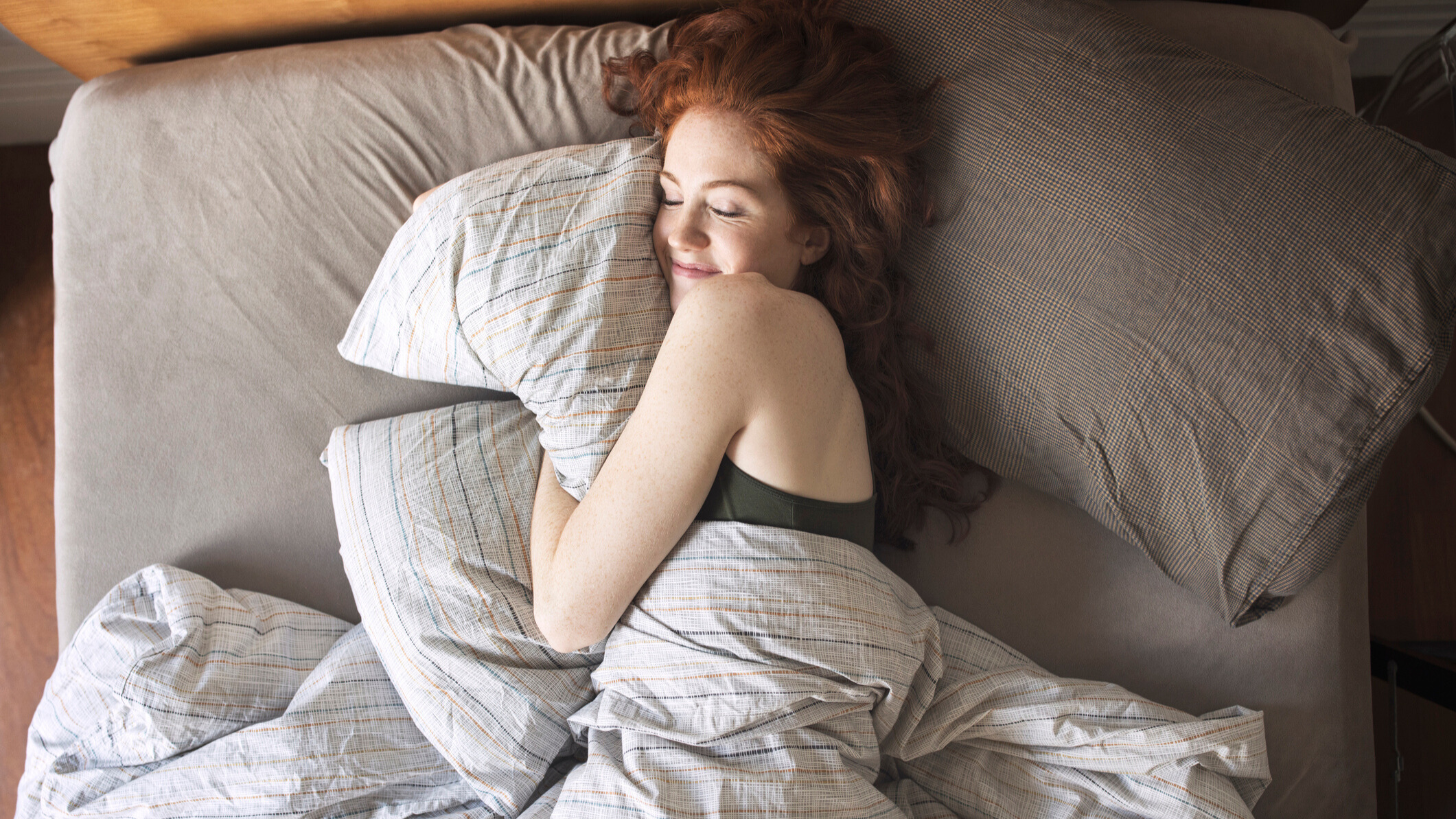
“The brain essentially “switches off” by shifting into a low-energy state, and that happens most effectively when it feels safe, relaxed, and free from active thoughts,” she adds. There are specific sleep methods that can help speed up this ‘switching off’ process, so you can fall asleep fast.
Since I learnt the method that works for me, it’s transformed my sleep and energy levels throughout the day, as well as easing my nighttime anxiety.
How I fall asleep in 5 minutes
The technique I use is called cognitive shuffling. It may sound complicated, but it’s the most simple sleeping strategy I’ve tried – and the most effective. Everyone knows how our thoughts start to wander right before we drift off to sleep, eventually becoming nonsensical.
Well, that’s the area of our brain that determines meaning, reason, and rationality switching off. This happens when our bodies and brain have determined it’s safe for us to stop ‘making sense’ of the world around us and our thoughts, and to fall asleep.
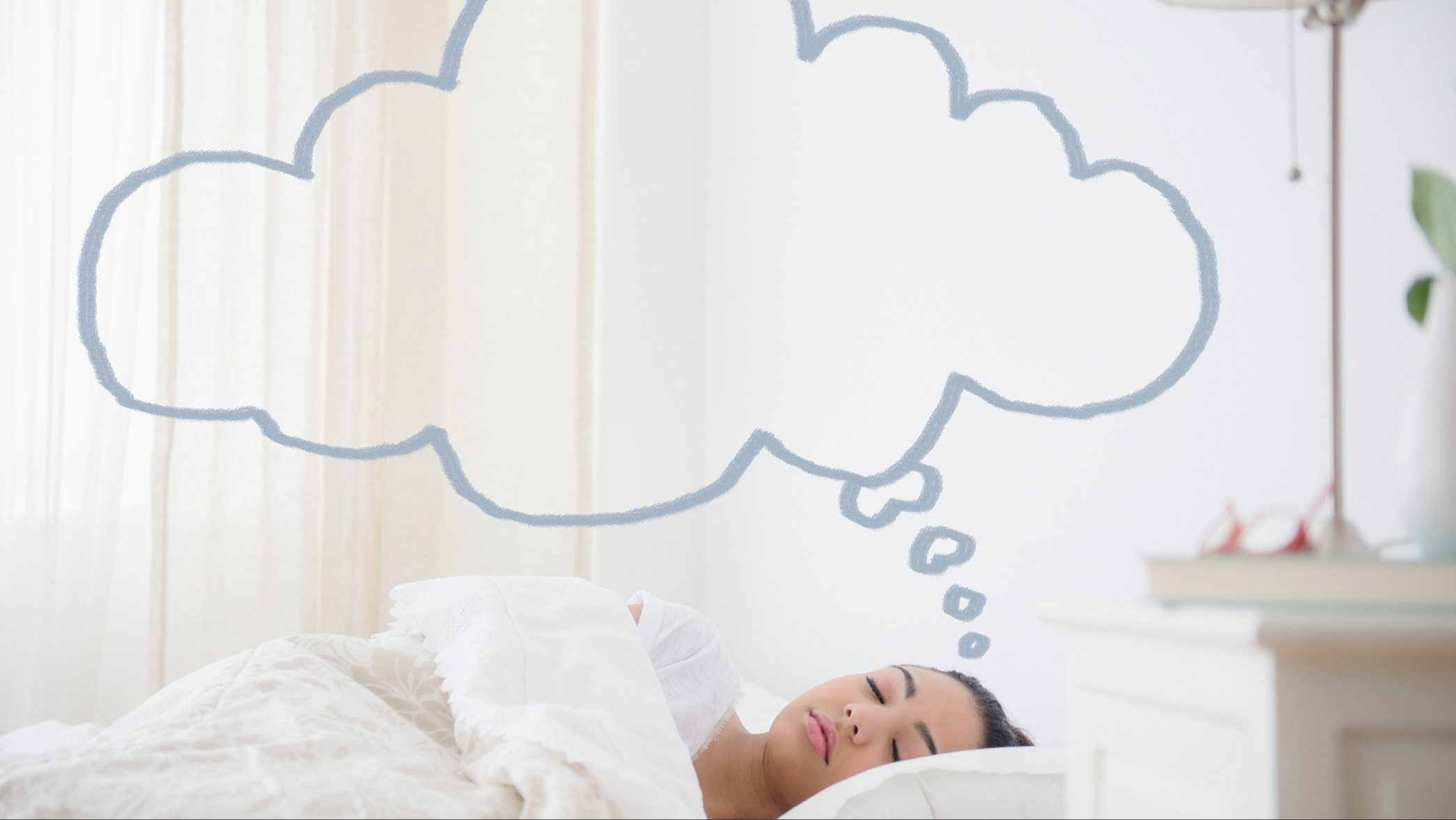
Cognitive shuffling fast tracks this process. By intentionally scrambling our thoughts we tell our brain it’s time to stop making sense of things and rest. Here’s how to do it:
- Choose any word, for example ‘sleep’ and start to think of random objects and things that begin with each letter of the word, starting at S.
- Make sure you visualize these objects as you think of them. These objects shouldn’t have any connection or meaning, the more random, the better.
- Once you can’t think of any more beginning with S, move on to the next letter.
For example:
Sausages, statues, socks
Lemon, laptop, leaf
Elephant, egg, ear
Eel, elbow, eagle
Pillow, palm, pet
Some people find if they’re restricted to a specific letter from a word, they end up thinking too hard, making their brain too active. If that’s the case, don’t use any word to structure your thoughts and simply list random objects. That’s what I do, and I find it works best.
Other methods to fall asleep in 5 minutes
As I mentioned, some people find certain methods easier than others. If cognitive shuffling isn't for you, try these techniques.
1. Full body scan
We often hold stress and tension in our bodies without realizing and this can keep us awake, making our brains feel as if they need to be alert. A body scan is a great way to relax both the body and the mind, together. It’s something you can do lying down in bed, starting by closing your eyes.
- Pay attention to your breath and, starting with the top of your head, release any tension you feel in that area of your body. This can be dropping the eyebrows and relaxing any stress in your face or head.
- Once you feel you’ve let go of any tension, move slowly down the body, repeating the steps for every part of your body, including your fingers and toes.
- If you find your attention shifting or any stressful or anxious thoughts interrupting the body scan, simply acknowledge them and return to the area of your body you were focusing on.
This technique may take a bit of practice, and every time you do it, it will become easier and more intuitive. It’s a great go-to when you feel like you can’t fall asleep, but it's also useful for dealing with anxiety and panic attacks during the day.
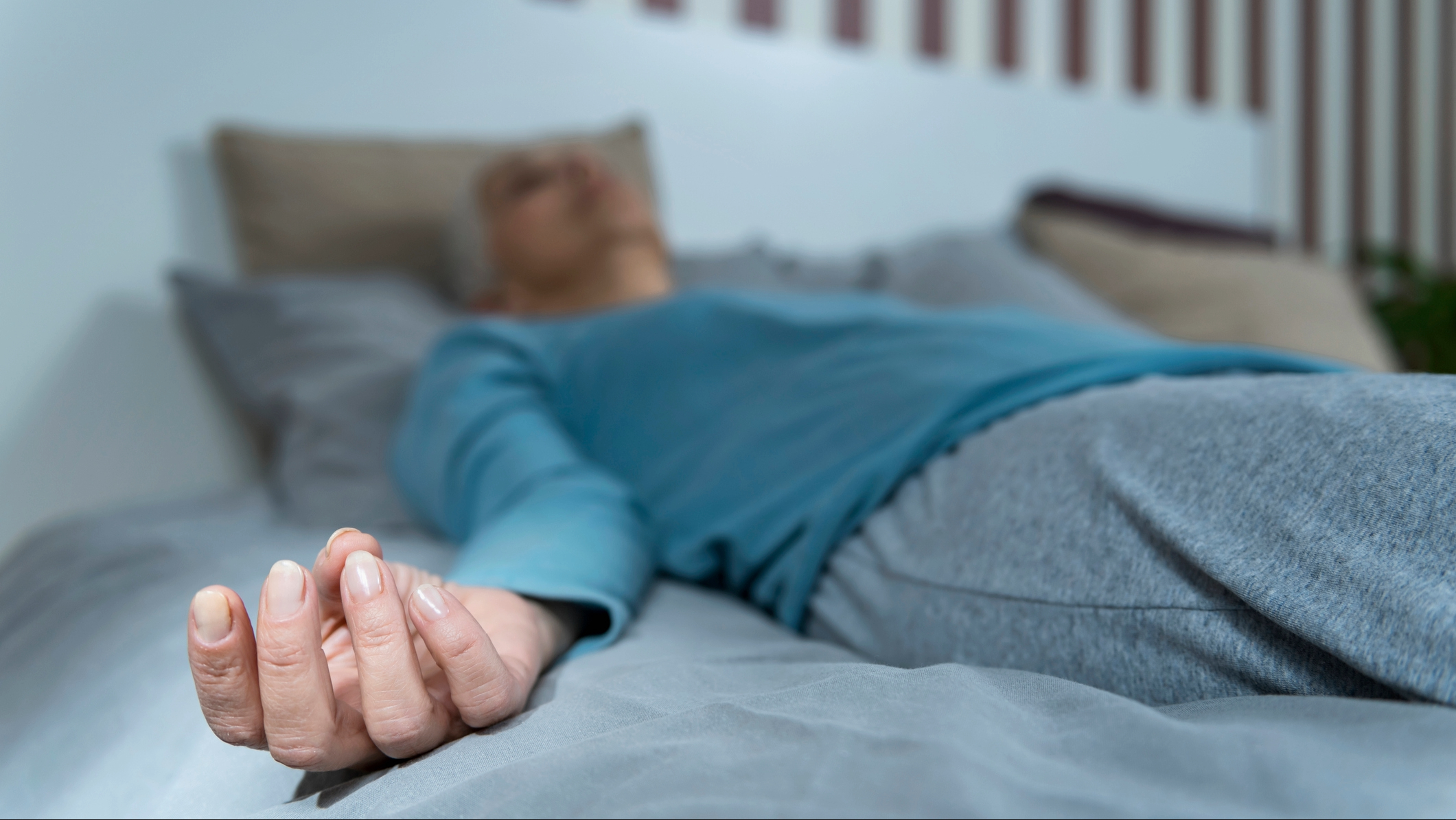
2. Meditation
Meditation is a fantastic skill to learn, helping you in every aspect of your life, rather than just falling asleep. However, it’s a method that takes a lot of practice, so I'd suggest starting with guided meditation.
Guided meditation for sleep aims to provide deep relaxation by letting go of unnecessary thoughts and stresses. It combines breathing techniques with sound, sometimes visuals, and sometimes physical actions, but this varies depending on the meditation you choose. Ultimately, the goal is to be present in body and mind, which allows the brain to switch off for sleep.
There are plenty of guided meditations on YouTube, and there are specific apps that have a variety of sleep-focused meditations. Simply lie down in bed and play the meditation, out loud or in headphones, and relax.
3. The Military Method
As the name suggests The Military Method was designed to help soldiers get enough rest in adverse conditions, so it’s incredibly effective, and some even claim they can sleep in under 2 minutes with it.
Dr Perry says “Techniques like deep breathing, progressive muscle relaxation, or visualizing calming scenes work because they slow the heart rate, lower blood pressure, and calm the nervous system,” and the military method combines all three.
Similarly to the body scan, the military method relies on relaxing the muscles in the body. This tension release kickstarts the parasympathetic nervous system, making the transition into sleep easier. However, unlike the body scan, this method also uses visualization. Here’s how to do it:
- Close your eyes and visualize a warm feeling spreading from the tip of your head all the way to your toes, relaxing every muscle it touches.
- Visualize yourself lying on your back in a canoe on calm lake, looking up at the blue sky. Or, visualize yourself wrapped in a black velvet hammock in a pitch black room.
- If your mind wanders, repeat ‘don’t think’ in your head for 10 seconds. Then return your focus to the calming image you had created.
Again, this method takes practice. The more vivid your peaceful image is, the easier it will be to visualize it and calm your body and your mind. If you find this technique effective, check out our military method vs Navy SEAL method for sleep comparison.

3 things you need to help you fall asleep in 5 minutes
These methods will only work if you give them the best chance to. Their effectiveness can be impacted by your day-to-day habits and your environment. So, here’s 3 things you need to fall asleep in 5 minutes.
1. A bedtime routine
Nighttime routines aren’t just for children. In fact, they can make all the difference in your ability to fall asleep. Creating specific habits before bed can be clear signifiers to your body that it’s time for bed.
Personally, I always have a hot bath before bed. Not only does a hot bath relax your muscles and ease tension, but the process of going from a hot bathroom to a cooler bedroom replicates the natural temperature drop of your core body that happens before you fall asleep.
Other helpful routines can be organizing what you need for the next day so you don’t worry about what you need to do in the morning, having a screen-free half an hour (opting for a book instead), and dimming the lights.
2. A peaceful environment
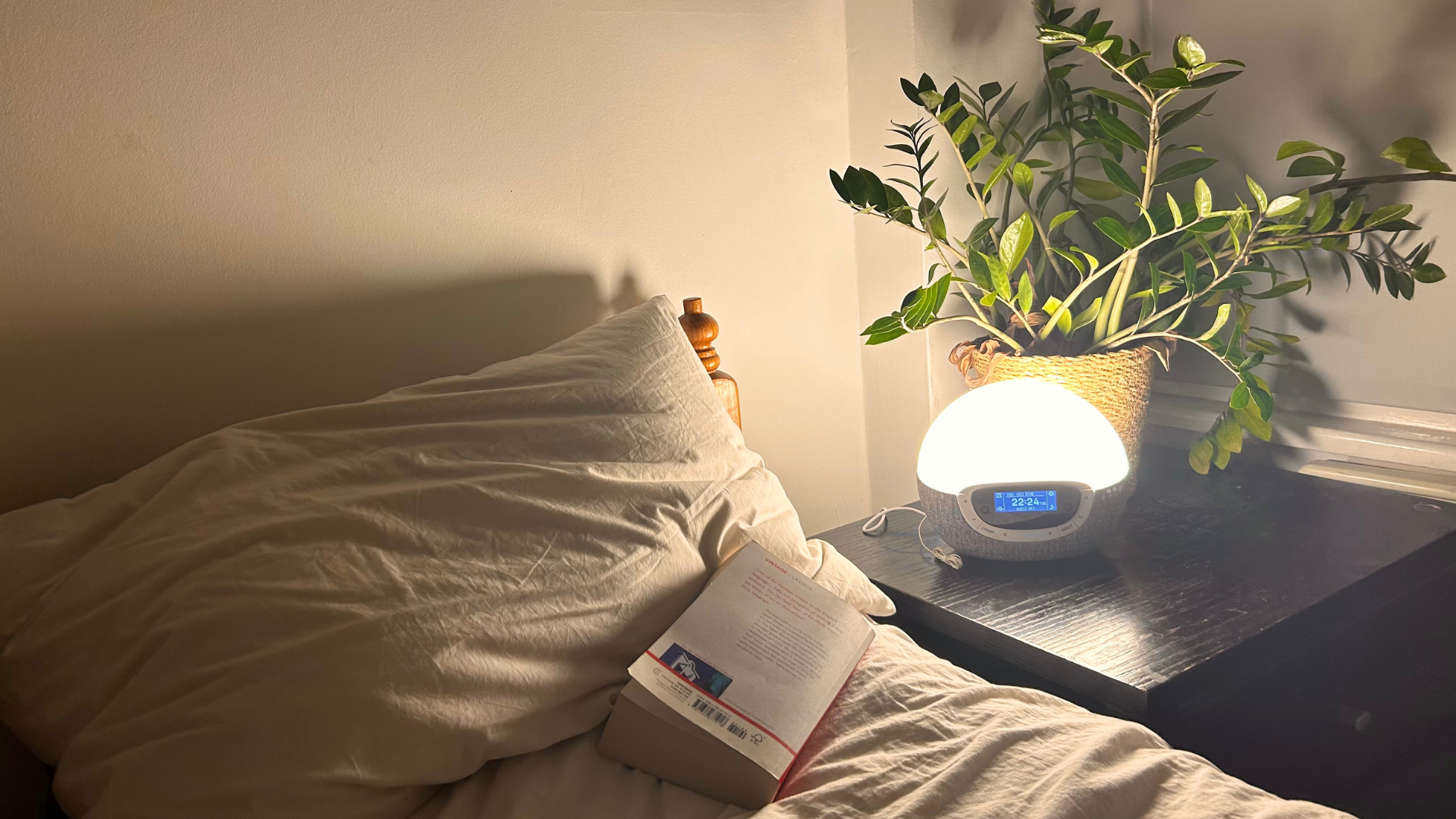
Clutter, mess, and dirt are the enemies of a peaceful mind. It’s impossible for a brains to switch off when the very sight of our bedroom creates endless to-do lists. Sleep hygiene refers to the habits we form around bedtime and the environment we sleep in, and good sleep hygiene is essential for good sleep.
Make sure you have a clean mattress, change your sheets weekly, and remove all clutter around the room. Opt for calm pastel colors, comfortable and indulgent bedding, and the best pillow for your sleeping position so you don’t toss and turn throughout the night.
You should only use your bedroom for rest and relaxation. Don’t work in your room or work on creative endeavours, as your brain won’t associate the environment with switching off and snoozing.
3. Earplugs and a sleep mask
You may be a master at meditation, but loud neighbors and streetlights are sure to break your focus. Ambient sounds and light that are out of our control can make falling asleep in 5 minutes near impossible. To take back control, a good set of earplugs and high-quality sleep mask are a must.
I recently tried the Loop Earplugs and found them a much more comfortable alternative to foam. And, if you’re ready to indulge in some luxury, we just tested the Aura Smart Sleep Mask that blacks out all light and has guided meditations and soundscapes built in.
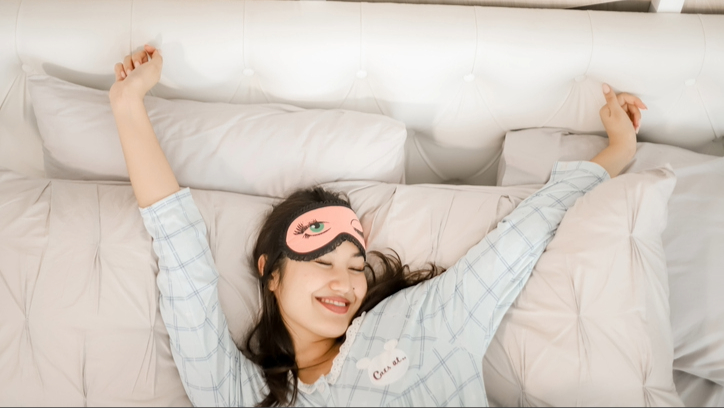
How long should it take to fall asleep?
Dr Yousaff, dual board-certified physician and the Medical Director at Ikon Recovery, explains that “Most people fall asleep in 10 to 20 minutes. Falling asleep much faster or slower than this can indicate other issues, like sleep deprivation, high stress, or a potential sleep disorder.”
“Falling asleep almost instantly—within a few minutes—can sometimes signal sleep deprivation. On the other hand, taking longer than 20-30 minutes to fall asleep regularly might suggest issues like stress, anxiety, or insomnia. If you consistently find yourself falling asleep too quickly or too slowly, it is worth consulting a healthcare provider to explore possible underlying causes,” he adds.







